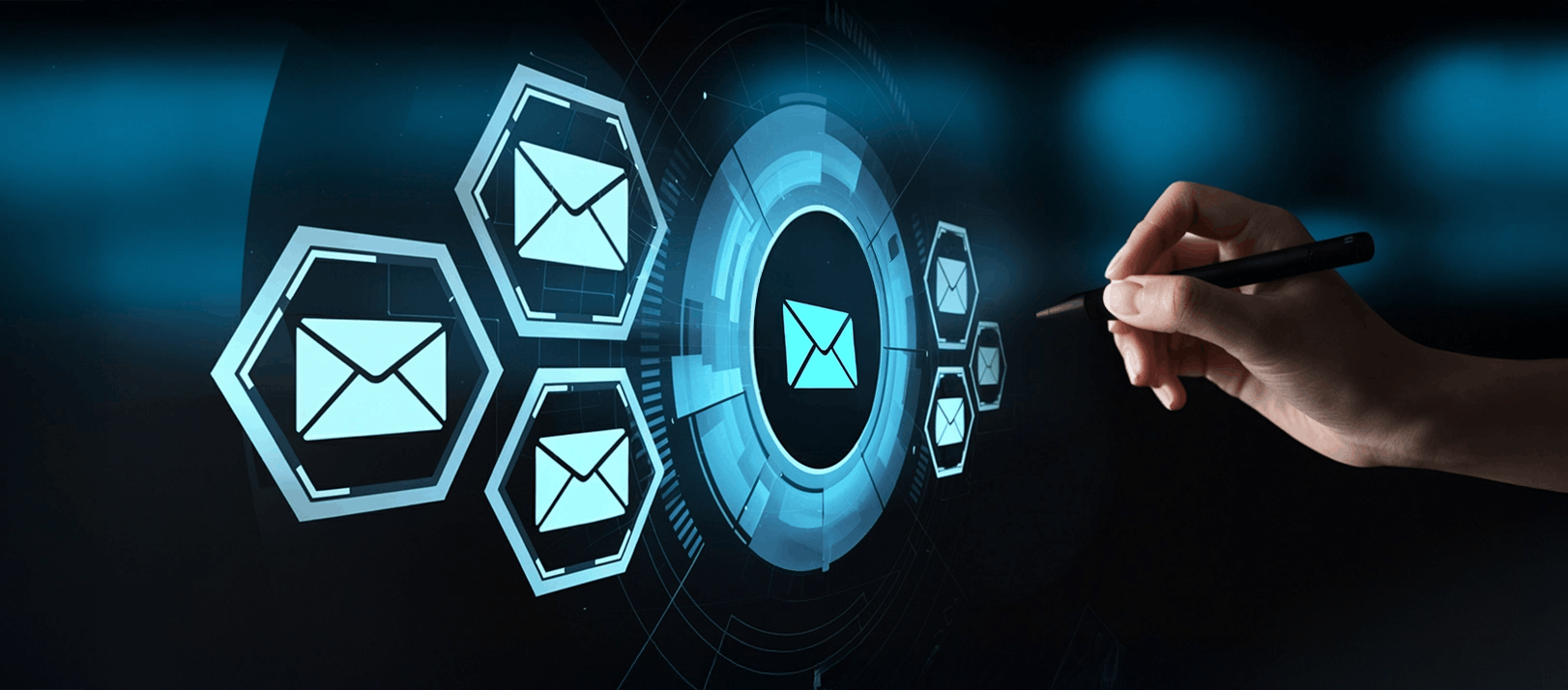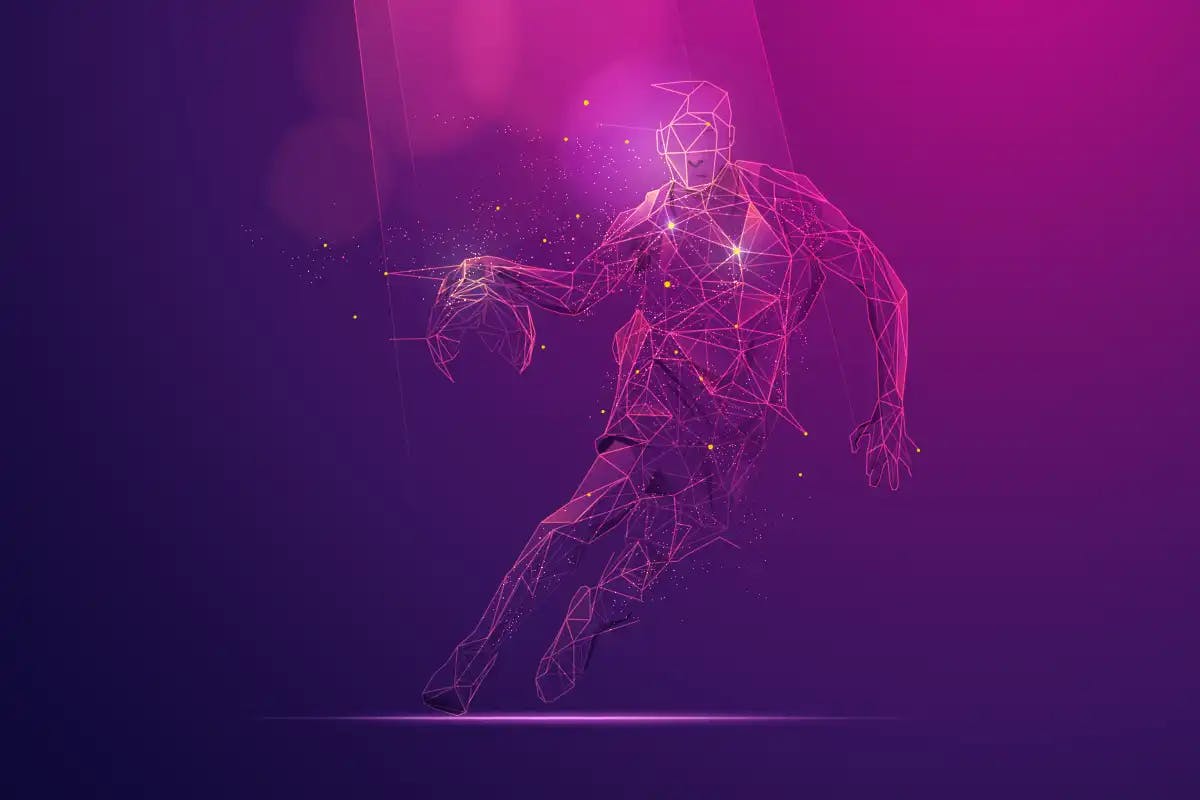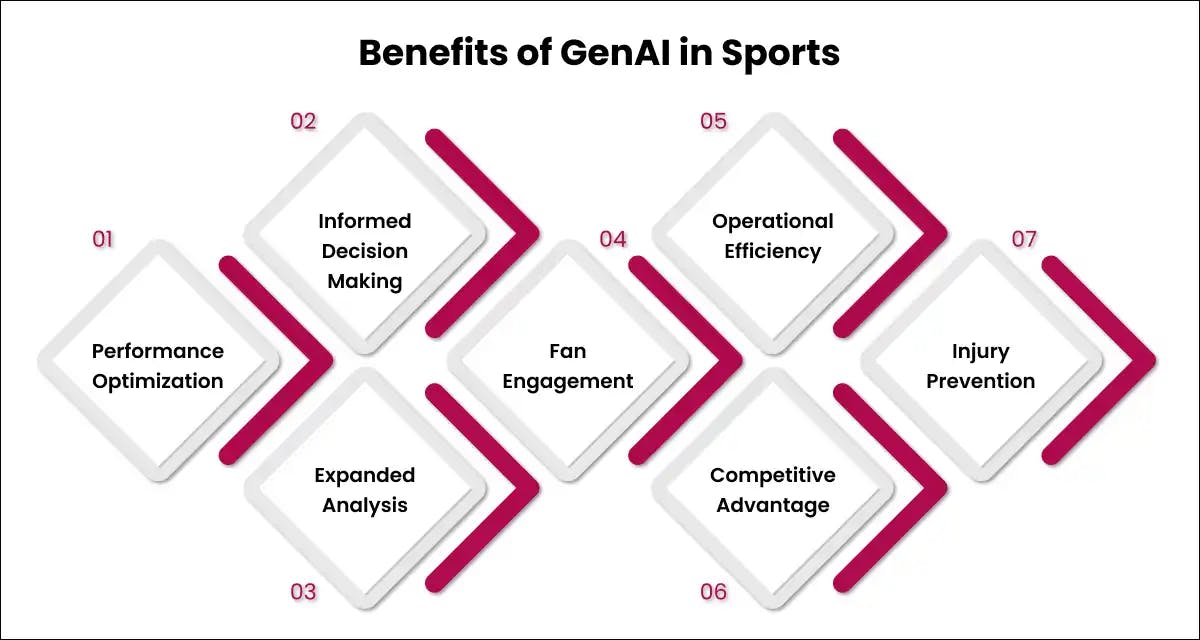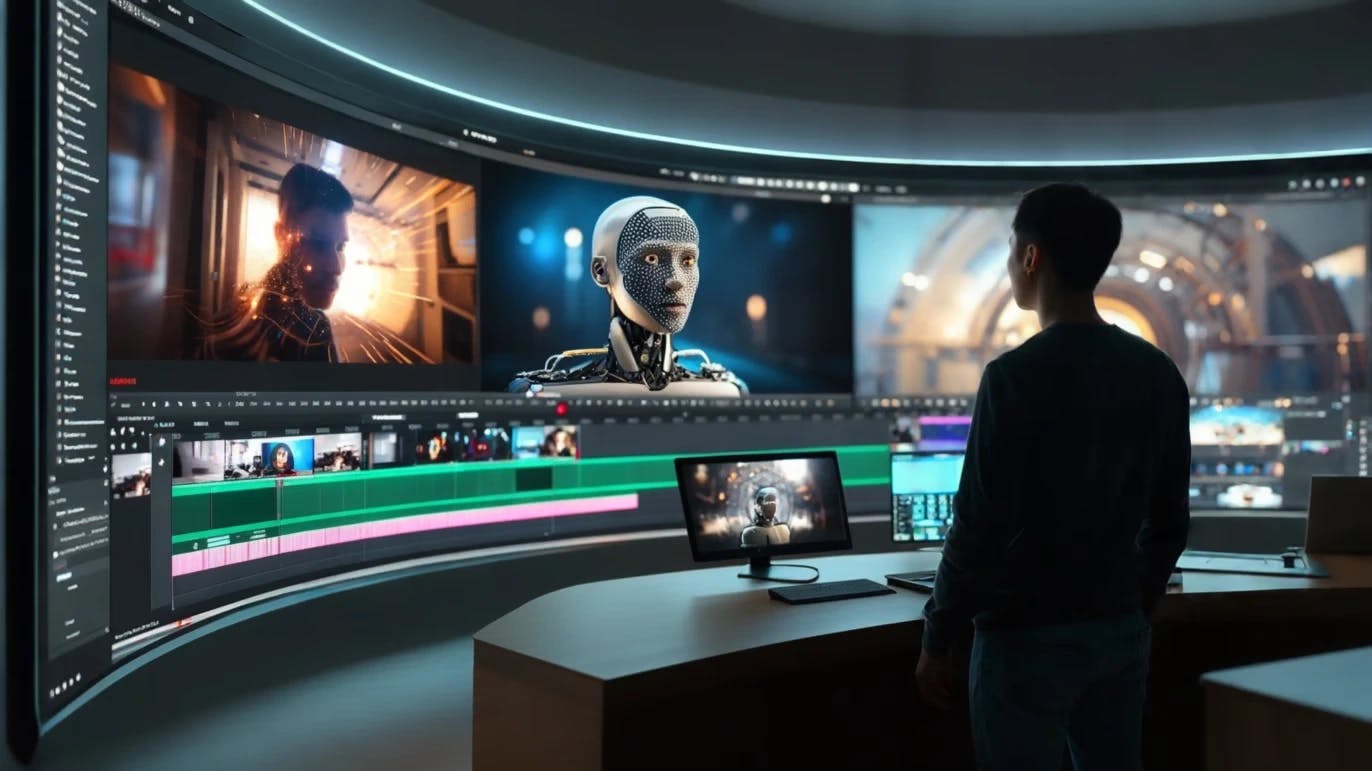


Over time, the sporting world has transformed greatly as technology has advanced. Statistical analysis has long informed the sports business, but one modern innovation has especially amplified audience interaction and strategic planning: the rise of artificial intelligence.
Whereas sports analytics were once solely based on human examination, AI now autonomously examines massive troves of performance data. For competitors and their support teams, AI-driven suggestions provide an extra edge when assessing opponents and customizing training. Even for spectators, AI enhances the experience by delivering individually tailored predictions and recommendations.
Just as science and engineering have progressively changed the actual contests over the decades through equipment and safety improvements, artificial intelligence in sports now similarly impacts this multi-billion dollar industry from the stands to the fields through connection and insight.
This blog explores how artificial intelligence is changing the sports industry, the current uses of Gen AI in sports, and how this technology might continue to evolve in the years ahead. Get comfortable - we have an eventful discussion ahead about AI's growing role within the business of sports.
Below, learn about some key use cases of generative AI in the sports market, along with the tools that could help shape the sports industry.
GenAI can look at player and team actions to find information that can boost coaching and training. Using computer vision, they can follow and piece together how athletes move. By doing this, they can see if an athlete is moving wrong or might get hurt.
GenAI models can check out game videos to find patterns of the other team. Sports coaches can create more intelligent game plans and strategies thanks to artificial intelligence.
Key Benefits:
Specific techniques like pose estimation and motion tracking can identify differences in a player's gait, posture, or technique over time. These differences may relate to fatigue or impaired motor control. GenAI's thorough check on body mechanics can enhance methods for avoiding injury and reaching top-notch performance.
Tools for Player and Team Analysis:
GenAI systems can keep a tight eye on athletes during practices, games, and training sessions using sensor data and computer vision. Subtle changes and risks can be caught by the algorithms. These could show a higher likelihood of injury.
For example, slight changes in running gait detected by skeletal tracking can be an early indicator of leg or foot injuries. GenAI in sports opens up new roads for preventing injuries in sports.
How GenAI Prevents Injuries:
The detailed physiological modeling and diagnostics possible with generative algorithms move beyond traditional approaches to sports medicine and athlete health management.
Tools for Injury Prevention:
AI is transforming sports analytics through real-time performance tracking, predictive injury modeling, and automated game analysis. Modern AI systems process video footage to track player movements, analyze biomechanics, and identify tactical patterns. Machine learning algorithms predict injury risks by monitoring workload and movement changes. GenAI creates simulated game scenarios for strategy testing, while natural language processing generates automated commentary and reports. Teams use AI-powered platforms to analyze opponent weaknesses, optimize training loads, and make data-driven decisions about player trades and draft picks.
Generative adversarial networks, a type of GenAI, can simulate hypothetical game scenarios and gameplay footage. Trainers and experts may use these mock scenarios to try various plans and methods against a rival.
The simulated outcomes using generative AI in athletics help them select the best plans for dealing with certain rivals or game conditions.
Strategy Planning Applications:
Football clubs, for instance, can create simulated plays and matchups to identify gaps in the other team's defense. In basketball, GenAI can simulate thousands of possessions to determine the highest percentage of shots for a given player against certain defenders.
Artificial intelligence can also model the probable impacts of trades, draft selections, or free-agent signings. GenAI game simulation helps in more effective strategizing through artificial trial-and-error at a scale impossible through traditional analytics.
Tools for Game Simulation:

Sports commentary and reporting can be automatically produced from live data and match happenings using natural language processing (NLP) techniques such as GPT-3. The AI commentary can identify plays, evaluate strategies, and summarize pivotal events.
GenAI may also generate highlights, recaps, and data-driven analysis for various audiences in post-match reporting.
GenAI Commentary Features:
The NLP algorithms can take into account the context and statistics of a game to add color and drama to the commentary in real time. Generated personalities and tones can cater the coverage to different fan preferences.
Automated GenAI reporting expands sports coverage and commentary while maintaining compelling and engaging narratives.
Tools for Sports Commentary:
GenAI algorithms can predict audience preferences and behaviors to deliver personalized fan experiences. This information can be used by broadcasters and sports teams to maximize interaction across media platforms.
For example, social media platforms can deliver tailored video highlights, personalized promotions, and AI-recommended content to resonate with each fan.
Personalization Benefits:
Based on their past interactions and activities, the Generative AI identifies what content types, sports stats, and topics each fan finds most appealing. It then generates and delivers bespoke content optimized for that individual.
This hyper-personalization enabled by generative AI in the sports market leads to deeper engagement between sports organizations and their audiences.
Tools for Fan Engagement:
GenAI can use live video to create augmented reality (AR) overlays and graphics that improve broadcasts or live streaming. Shot trajectories, real-time player information, and scenario analysis may all be shown and layered on gameplay footage.
For virtual reality (VR), GenAI can create real-world simulated environments for an immersive in-game perspective.
Immersive Features:
The essential innovation is the use of Generative AI to dynamically construct and adapt AR/VR overlays and surroundings in real time, tailored to each occasion. As the game's narrative and action alter, so do the GenAI-powered augmented experiences, raising viewing to multidimensional involvement.
Tools for Immersive Viewing:
The application of GenAI in sports brings many advantages across different facets of the industry:

Data-driven insights from artificial intelligence in sports improve training, injury prevention, and individual and team development. This translates to enhanced on-field performance.
Simulations and predictive modeling by GenAI systems allow coaches and managers to make better-informed strategic decisions based on artificial trial-and-error at scale. This expands the possibilities for strategy formulation.
Automated reporting and commentary from GenAI offer much more expansive analysis of matches, players, and teams than previously feasible. The algorithms can incorporate more data and context for richer insights.
Personalized experiences and immersive viewing enabled by GenAI boost engagement between sports organizations and their audiences. Fans get AI-generated sports content tailored specifically to their preferences, driving deeper loyalty.
Automated content creation improves the efficiency of sports reporting and broadcasting. GenAI can smoothly scale coverage where human resources may fall short.
Sports teams that successfully use GenAI have an advantage over rivals who adopt it more slowly. Pioneers of GenAI integration will see performance benefits.
Proactive injury prevention powered by predictive GenAI modeling keeps athletes healthier and extends careers. This gives an obvious performance advantage.
Key Takeaway: GenAI's application to sports unveils unprecedented prospects that had been out of reach until now. The information and understandings made accessible by GenAI are reinventing how competitors exercise and compete, how contests are guided and directed, and how crowds see and interact with athletics.
While promising many transformative benefits, Generative AI in sports also poses some risks and implementation challenges:

Sports organizations must handle privacy concerns raised by the collection of biometric and tracking data on athletes ethically and safely. Athlete consent and transparent data policies are crucial.
Any biases in the training data or design of GenAI algorithms could lead to unfair or discriminatory treatment of certain players and teams. Rigorous testing for bias is essential.
Automated content and commentary creation may reduce the need for some traditional sports journalism roles. However, new roles overseeing GenAI systems will also emerge.
If simulated strategies are not properly secured, GenAI could present risks of proprietary data being obtained by rival teams. Cybersecurity is critical when applying GenAI in sports strategy.
Coaches and managers may become over-reliant on GenAI insights for decision-making, where human expertise and intuition remain crucial. Technology should augment rather than replace human judgment in sports.
Players, coaches, and fans may unduly trust predictions from GenAI systems when margins of error still exist. The expectation of GenAI's capabilities is important to build appropriate trust.
Important Note: To mitigate these risks, sports organizations must ensure GenAI is deployed responsibly with ethical considerations in mind.
The applications of GenAI in sports are still emerging, but rapid advances are bringing incredible new possibilities:
Accurate prediction of player potential, career paths, injury likelihood, and match results will lead to improved talent scouting and medical prevention.
Sensor-enabled equipment with embedded GenAI will enable real-time biomechanics analysis and technique optimization during live play.
Conversational agents and virtual coaches powered by Generative AI that provide players with feedback and training assistance customized to their needs.
Detailed physics simulations in virtual environments tailored by GenAI to adapt training to a player's real-time needs and responses for skill development.
GenAI and robotics are automating administrative, broadcast, and in-venue operations to reduce costs. This could include automated food and beverage delivery.
End-to-end GenAI-generated sports broadcasts, commentary, halftime shows, and more with no human input needed. However, some human oversight would remain beneficial.
Looking Ahead: While some applications still require major technological leaps, the pace of advancement is picking up rapidly. The integration of generative AI in the sports market will deepen over the next decade.
In several areas of the sports sector, new opportunities are being made possible by the development of generative AI. GenAI is poised to change broadcasting, fan engagement, coaching and strategy choices, and athlete health and performance.
However, responsible implementation and ethical practices remain imperative as sports organizations integrate these powerful technologies.
Key Considerations:
Through wise handling of such risks, those involved in sports stand to gain greatly from the data-driven understandings and unprecedented abilities of GenAI.
Technological progress will enable GenAI systems to achieve unparalleled accuracy in monitoring biomechanics, anticipating injuries, simulating games, and automating broadcast creation. Sports teams will increasingly adopt Generative AI to obtain a competitive advantage.
With GenAI enabling fully customized and interactive experiences through personalized content generation and immersive augmented or virtual reality, the sports viewing experience is likewise about to undergo a significant transformation.
Long-term prospects are quite intriguing, even though near-term uses are already providing enormous value. With the continued progress of Generative AI, the sports industry will pull ever further ahead of the curve in using AI capabilities compared to other sectors.
Codiste, one of the premier generative AI companies, is leading the charge in utilizing generative AI in sports. At Codiste, we're striving to advance natural language processing and computer vision by creating innovative uses for generative AI. These assist developers in making interfaces and experiences more user-friendly. Our GenAI developers combine human creativity with artificial intelligence that enables sports persons and related teams to exponentially boost their productivity across places.




Every great partnership begins with a conversation. Whether you’re exploring possibilities or ready to scale, our team of specialists will help you navigate the journey.